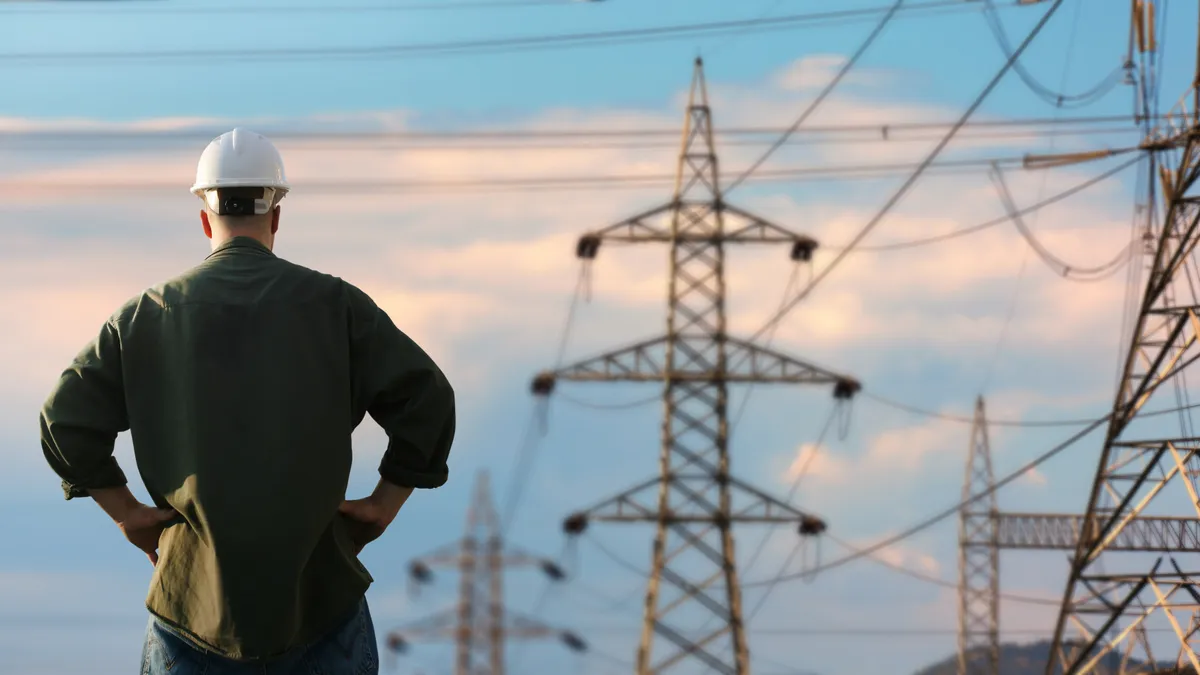Federal Energy Regulatory Commission staff is working “feverishly” on advancing proposed rules on transmission planning and cost allocation and on generator interconnection reform, Acting FERC Chairman Willie Phillips said Thursday during the agency’s monthly meeting.
Public comment on the proposals ended last year. If at least a majority of FERC’s four commissioners can reach an agreement, the proposals could be released as final rules.
FERC is also considering ways to bolster regional power sharing, Phillips said during a media briefing. FERC held a conference on the issue in December.
“Transmission reform addresses all of the major priorities that I've set out for this commission: reliability, affordability and sustainability,” he said. “We need to get more infrastructure, more generation resources online.”
FERC has an opportunity to relieve the interconnection bottleneck to help proposed generating projects move forward, he said.
While overall transmission reform is “critically important,” Phillips said in the near-term he is focused on having a vote to overhaul the interconnection process as soon as it is ready.
In part, Phillips’ comments were sparked by FERC staff’s annual State of the Markets report.
Several grid operators last year worked to identify interregional transmission needs and solutions, according to Taylor Webster, a staff member in FERC’s Office of Energy Policy and Innovation.
The PJM Interconnection and the Midcontinent Independent System Operator, for example, identified a $200,000 interregional project that would relieve grid congestion, she said during the meeting. MISO and the Southwest Power Pool looked for potential projects but for the fifth time failed to advance any.
The California Independent System Operator board approved TransWest Express’ application to join CAISO as a participating transmission owner, a key step before the 732-mile high-voltage transmission facility can deliver electricity from wind farms in Wyoming to the desert Southwest, Webster said. FERC on Tuesday approved a “participating transmission owner agreement” between CAISO and TransWest.
On the interconnection queue issue, there were about 1,800 GW waiting to connect to the grid at the end of last year, up from about 1,400 GW a year earlier, according to Webster. The 400-GW increase included 700 GW of proposed generation, minus projects that started operating and ones that dropped out of the queue, she said, citing data from the Lawrence Berkeley National Laboratory.
The queue includes about 370 GW of standalone solar, up from about 126 GW in 2021, Webster said.
Last year, 800 line-related transmission projects entered service in the U.S., according to the report. Most of the projects were to bolster reliability or replace aging infrastructure. About a third of the projects included building new lines. Generation needs drove 84 projects, economic needs drove four and public policy needs drove three projects, according to the report.














